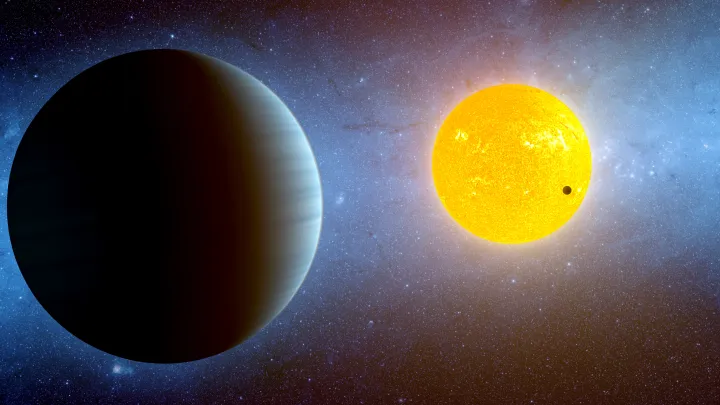
Advertisement
Scientists using NASA’s TESS (Transiting Exoplanet Survey Satellite) have identified an Earth-sized exoplanet, named HD 63433 d, with an intriguing climate. Situated in a tight orbit around its star, this small rocky planet completes an orbit in just 4.2 days, making it eight times closer to its star than Mercury is to the sun.
Due to its proximity, HD 63433 d experiences extreme surface temperatures, soaring to 2,294 degrees Fahrenheit (1,257 degrees Celsius) on the side facing the star. This intense heat has likely scorched away any potential atmosphere, turning the dayside of the planet into a possible “lava hemisphere.” The exoplanet is tidally locked, meaning one side permanently faces the star, creating a stark temperature difference between its two halves.
At approximately 400 million years old, HD 63433 d is the smallest confirmed exoplanet of its age and the nearest Earth-sized planet within this youth bracket. The discovery sheds light on a planetary system around ten times younger than our solar system, hosting two other planets, HD 63433 b and c. These findings showcase the innovative use of the transit method by TESS, observing dips in the brightness of host stars caused by the passage of planets, providing valuable insights into the characteristics of distant worlds.
